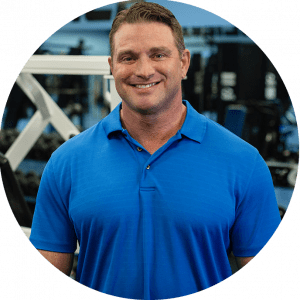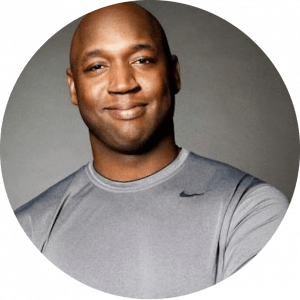
Quick Jump To List
How hard is it to throw a punch?
The act itself looks simple at first glance. Along with standing, running, and walking, it is probably one of the most instinctive actions that the human body can learn.
Just close your fists, cock your arm, let loose and hit something.
It's so easy that anyone- hobos, neighbourhood bar drunks, street brawlers- can do it.......... but is there an art to punching harder?
But there's a huge difference with the way your average Joe and a professional like Muhammad Ali punches. It's not just the training that goes into the pros' punches either. A professional boxer knows the minute details that make a knockout punch- from the way power is generated by the body to how the weight shifts as the punch is thrown and released.
Whether you're an amateur boxer or just a regular guy/gal who wants to throw more powerful punches to knock out that hobo, this is the guide for you - How to punch harder and faster. POOOWWWW!!!
Read Our Full Review Of The Best Punching Bags RIGHT HEREThe Science Behind the Knockout Punch - What You Should Know First
Before going into the nitty-gritty, you must first familiarize yourself with some basic boxing theories that all professional pugilists know by heart:
- Use Your Whole Body
The majority of the force that goes behind a power bunch does not come from the arm or shoulder, but rather from the whole body itself. In fact, the power generated by moving your body one inch is almost equal (or even more) than that by your arm moving one foot. This fact has already been demonstrated by Bruce Lee in his famous one-inch punch move. If you want to throw harder punches, learn how to make your whole body move (especially your feet, hips, and shoulders) along with your punching arm.
- Speed is Not Everything.
You might be the fastest boxer around, but this means nothing if there's no weight behind your punches. It all boils down to physics: force equals mass times acceleration. You need to have both speed AND mass to throw knockout punches. This is the reason why you need to use the weight of your whole body- and not just your arms and shoulders- when punching.
- Don't Overextend
Your punch loses power the farther it is from your body's core. So don't overextend or out-stretch your arms when punching. Make sure that your punches land just a bit shorter than your arms' full reach so as to maximize their power.
- Work With Angles
Boxing is not just about trading straight punches until one person gets knocked out or the round stops. It's about bobbing and weaving, creating openings, getting inside your opponent's defence, and punching him from places where he least expects it. The more you can punch from different angles, the more you can find opportunities to land more forceful punches.
- Don't Forget Your Legs
Your legs are the largest and most powerful muscles in your body. Use them to your advantage- don't just rely on the power of your arms and shoulders alone.
Here is a video from BUZZ FEED BLUE with a quick low down on basic technique
Energy Transferrence During a Punch - How the Body Should Be
- Feet
Your back foot should always start with the heel lifted a little bit from the ground.
Make sure that your feet are neither too far away nor too close to each other. Your stance should be a little wider than your shoulder width for greater stability.
When throwing a straight right-handed punch (assuming that your stance is orthodox), keep your left foot flat on the ground, with your right foot's heel slightly lifted from the ground.
Your feet should pivot in the direction of where your punch is headed.
As a rule of thumb, never let your feet off the ground when punching especially when you're a beginner (exception is when throwing pivoting punches, though beginners don't usually learn this until much later on).
- Legs
While punching, drop your weight into your knees by bending them slightly.
Keeping the knees bent while in a boxing stance (even when not actively punching) is a must. This makes your body more balanced and stable.
- Hips
Move your hips along with your shoulders. Along with the legs, the hips also lend a lot of power to your punches- so make use of it.

- Torso
Same concept as with the hips. Your upper body/torso should be rotating and moving with the rest of your body as you throw your punch out.
Never lean towards your opponent. It does not add that much to your reach and can also cause you to be off-balance. Rotate your torso instead to add more power to your punch.
Remember, reach has nothing to do with power. Your punch hits harder if the torso manages to do a full rotation.
- Shoulders
Make your shoulder muscles more involved in your punch by slightly raising them as you throw your fist forward.
Don't square up your shoulders. Tense muscles minimize speed. It should be as loose as possible while punching to conserve energy.
- Arms
If you like to pull your fists back before a punch (in the mistaken belief that cocking your arm adds more power to your punch), then stop doing it ASAP. This is called "telegraphing" your punch and just allows your opponent to read where your attack is going to land (which in turn, gives them time to move out of its way or block it entirely).
Extend your arms at a manageable distance. Over-extending minimizes the power of your punches and leaves you open for counters.
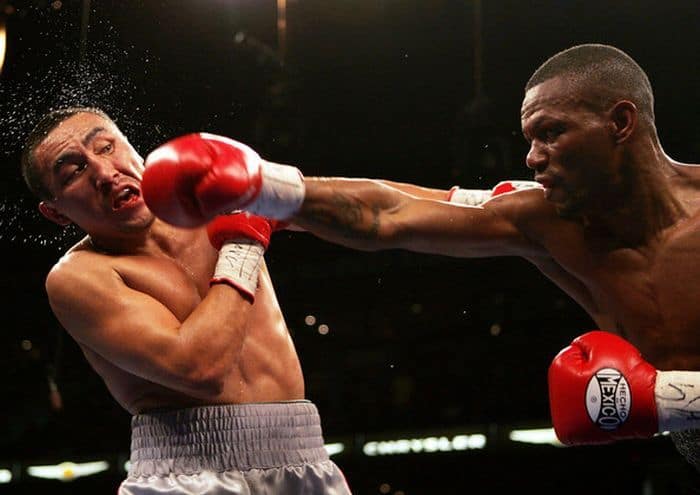
- Hands
Keep your gloves up to your face.
For straight punches, the fist stays horizontal to the ground. It can stay vertical when throwing left hooks or pivot left hooks.
Keep your fists loose and relaxed. Don't clench them. The only time they're supposed to tighten is upon the point of impact of your punch.
- Head
Keep your eyes on the target. Always.
Keep your chin down and tuck it behind your lead shoulder. Doing so protects it from chin shots (thus reducing your chances of being knocked out) and puts less strain on your neck.
Don't forget to exhale after every punch.
So, the overall flow of energy in the body should be feet >legs > hips > torso > shoulders > arms > hands. Almost all parts of the body should be involved in the action of punching. A disruption or slowness in the energy flow means that that particular part of the body is still in need of training.
How to Aim
Strength is nothing if your punches don't land. To aim properly, here are a couple of things that you need to remember:
- a) Find your punches' "sweet" spot. Over-reaching or landing it too close/too far away from your body minimizes their impact and power.
- b) Know what your punching range is. Throw a punch in front of you, take note of the distance, then do it again with a small front step. Your punches should all be within this range for maximum effectivity.
Now, on to the specific punches.
Straight right
Also known as the right cross, the straight right punch isn't, as its name suggests, at its most effective when thrown straight from the shoulder. This just makes it easier for an opponent to dodge it. Your straight right's impacts the strongest to your left, to that particular area where an opponent might slip away to when dodging a jab (this is why a lot of boxers lead with a jab). So, always aim for that spot. Try it on a punching bag and see the difference between a straight thrown straight on, and one thrown slightly from the right side of the bag (i.e. the bag should be on your left).
Always fully rotate your torso when throwing a straight right.
Read Our "BEST BOXING GLOVES" Ultimate Review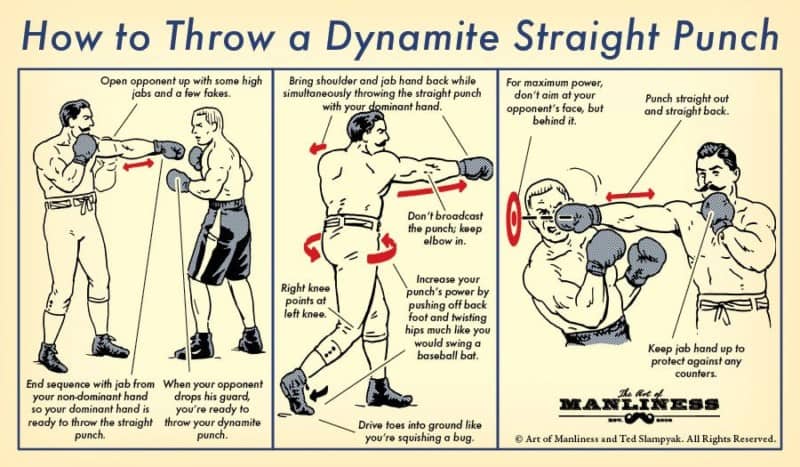
Jab
Never lean forward when throwing a jab.
If you want a stronger jab, just take a little quick step forward and lift your front shoulder when throwing it.
Left hook
Keep your elbows low when you're aiming a left hook to your opponent's body. Keep them high when aiming for the head.
The left hook derives a lot of its power from the legs. As you throw one, drop your right heel and lift the left heel quickly to involve your leg muscles into the punch.
Your feet should spin towards your opponent during the punch.
Try to learn how to throw a stopping hook (which is another variation of the standard left hook). This type of hook doesn't pass through your opponent, but rather stops right just in front of you.
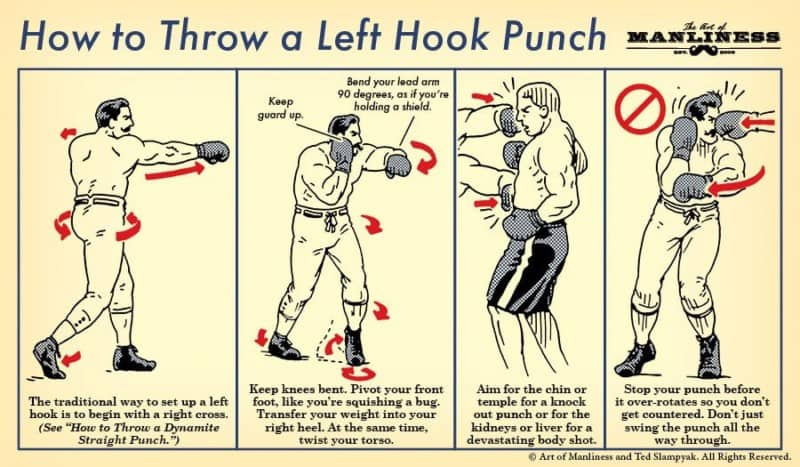
Uppercut
A real uppercut doesn't resemble anything like those that you see in video games. Its trajectory is not vertical or upwards (despite its name being UPPERcut). The punch instead originates from your waist and goes diagonal and forward to your opponent.
An easier way to do a proper uppercut is to imagine yourself throwing a straight right. But instead of doing it the usual way, flip your wrist so that your palm is facing you, and aim for your opponent's chin.
Right Hook
The energy flow for a right hook originates from the back leg to the left leg, then to the hip, torso, and shoulders. If you're throwing a right hook, make sure to quickly shift your weight from your back foot to your leading foot and use your head to push through with the punch for extra force.
Though not a strict rule-of-thumb, it's always best to bring your head forward while throwing a right hook instead of just moving it to the side. Doing so gives the punch a bit more power.
When To Throw a Punch
A huge part in learning how to punch harder is knowing WHEN to throw a punch. A hard punch is nothing if it doesn't land on your opponent. Not only does it expend a lot of wasted energy, it also opens you up for counters.
Throw a punch when...
...your opponent is least expecting it. To do this, learn how to break through his defence. Don't just do the usual one-two punch attack rhythm. Pace your punches so that you throw them in weird, irregular, and unpredictable rhythms. Boxers who rely on speed are good at this, oftentimes leading with a super quick left hook or straight right.
...your opponent is punching/setting up a punch. It takes a little bit of perfect timing but successfully counter-punching someone is one of the best feelings in boxing.
...you can throw it from unexpected angles. A punch thrown from a weird angle can catch your opponent off guard, stun him, or lower his defences.
Exercises to Add More Power to Your Power Punch - How To Punch Harder And Faster
Swimming - Swimming is a complete full body workout in itself. It strengthens your core, improves your cardio, and gives you more flexibility. It's a great way to level up your cardio and endurance in one go.
Isometric training - Here's a great way to train your body to store more energy. Stand in front of a wall, make a fist, and lean against the wall as if you're trying to push against it. Do this for ten seconds, repeat alternately with the other fist for a total of 15 reps and 3 sets.
Start slow - So many boxers focus too much on the speed that their torsos and shoulders never finish rotating into their punches. They're practically throwing speedy yet underpowered punches. To solve this, you need to learn how to take note of how energy is moving into your fist. Take things slow. Pause at the beginning of each punch and check your form. Then throw your punches at half speed. Make sure that all of your body's muscles are involved in the punch. Once you've learned how to incorporate your body's strength into your punches, only then should you start focusing on how fast you're throwing them.
This is a great video that offers some great ideas on the best exercises - how to punch harder
Common Boxing Mistakes That You Need to Watch Out For
- Avoid Lifting Too Much
Trainers have varied opinions about engaging in heavy lifting while boxing training, but the consensus seems to be that lifting builds muscle that just adds unnecessary weight to your arms (which, in turn, will make you tire faster). Yes, it can make your punch stronger, but only within a limited range of motion. Since a huge part of boxing relies on speed, having all of that extra bulk on your arms is just not worth it.
- Avoid Punching Too Fast
And then on the other end of the spectrum: there are boxers who put such a heavy emphasis on speed that they tend to neglect power entirely. Flying and flailing fists with no weight behind them. To be an effective boxer, you have to mix speed and power in acceptable ratios.
- Don't Cock Your Fist Back
This is called "telegraphing," and will just make your punches predictable.
- Don't Forget the Jab
A good jab isn't a weapon for attack- it's for setting up other stronger punches, for keeping distance between you and your opponent, and for distracting him to let his defences down.
Boxing, old as the sport may be, is an ever-evolving art. Even the best boxers in the world invest a lot of time learning new things and new strategies. It doesn't matter where you are on the skill spectrum- beginner or pro- the important thing is to have a learning mindset and a drive for personal growth. There's always more room for you to improve, to step up your boxing game.
Read Our Full Review Of The Best Punching Bags RIGHT HERE
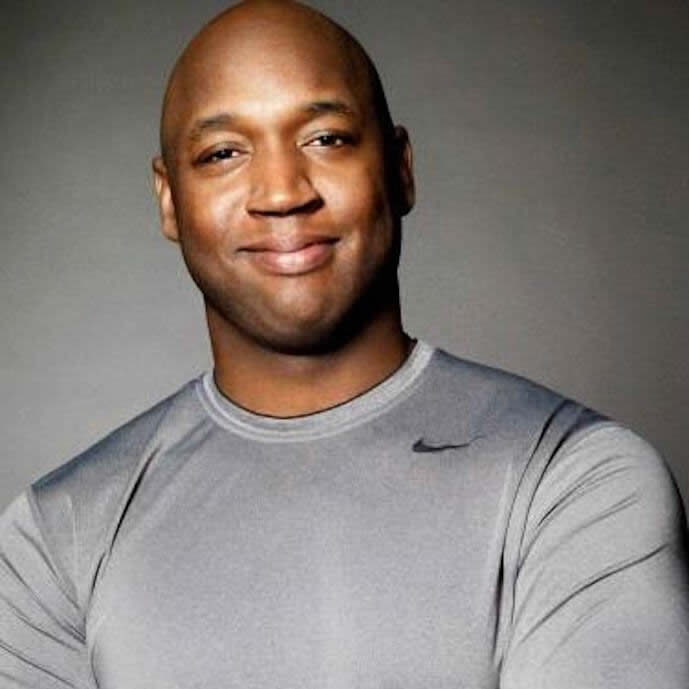
![How To Punch Harder, Faster & More Accurately [Professional Masterclass]](https://fitnessauthority.co.uk/wp-content/uploads/thumbs_dir/Best-Boxing-Bag-Stands-omsqjymerhpm7koq09ehgb04nbwnqko5fmqvzd4cak.jpg)
![How To Punch Harder, Faster & More Accurately [Professional Masterclass]](https://fitnessauthority.co.uk/wp-content/uploads/thumbs_dir/Best-Netball-Trainers-Reviewed-UK-Buyers-Guide-omspl0ycr5vypbfk05rns4ddts3jnjzampv7v4x3jw.jpg)






